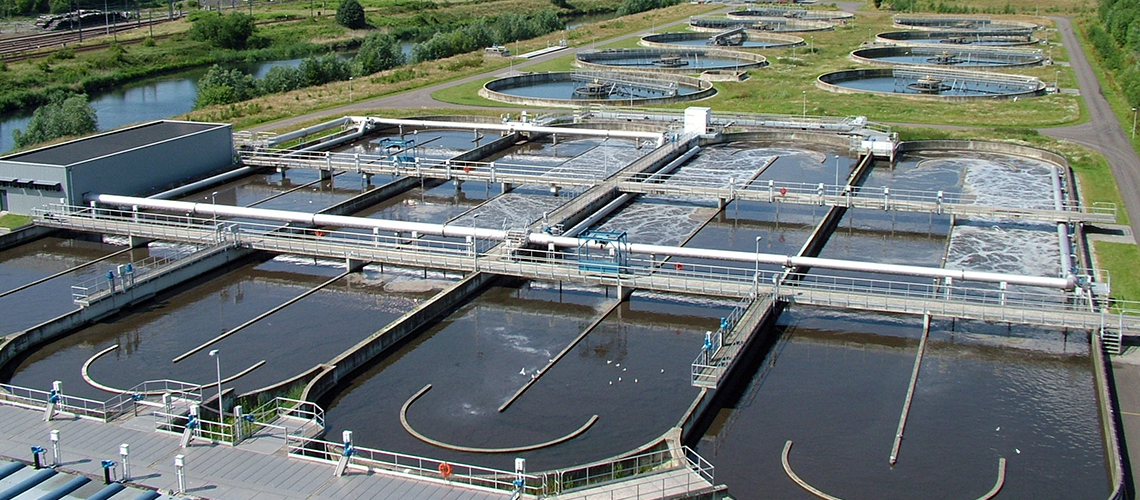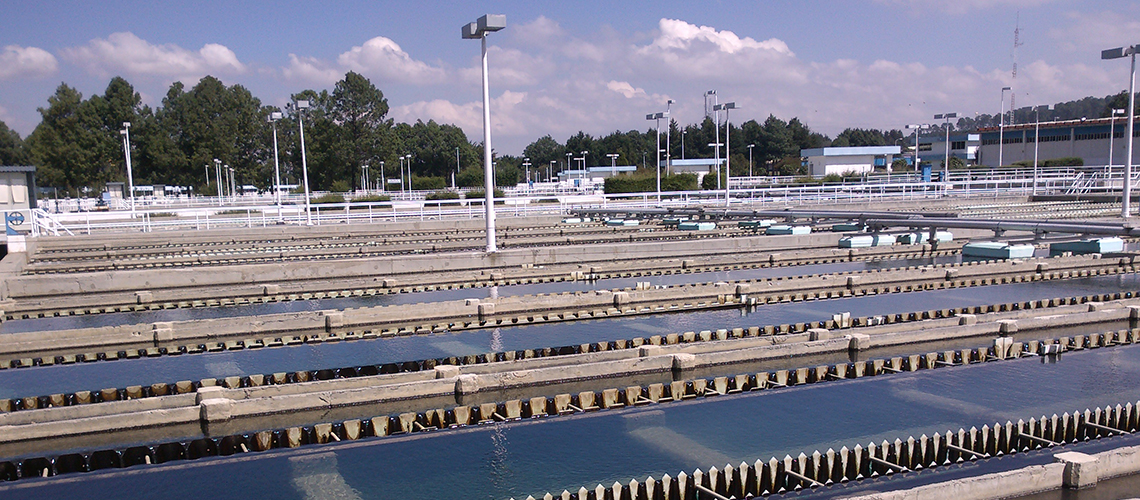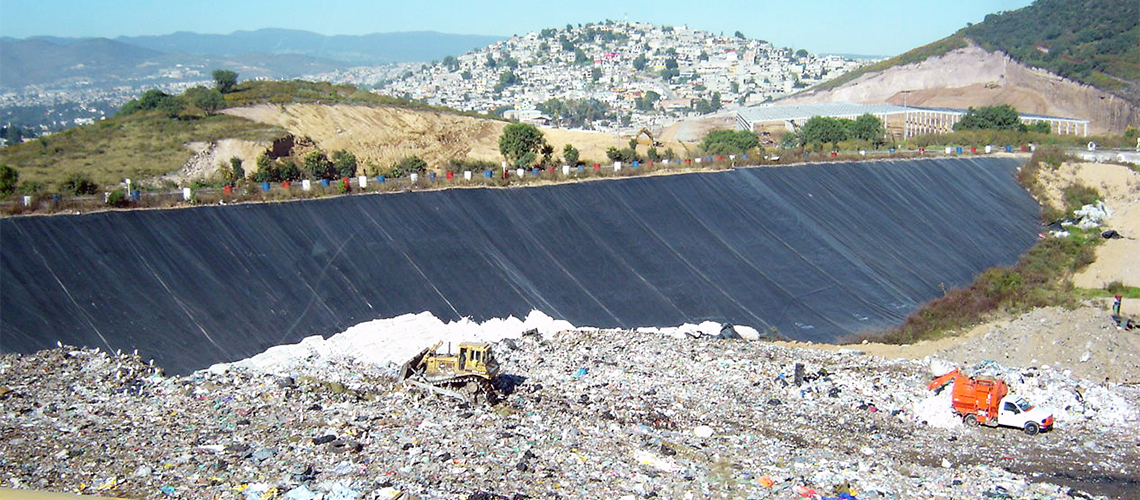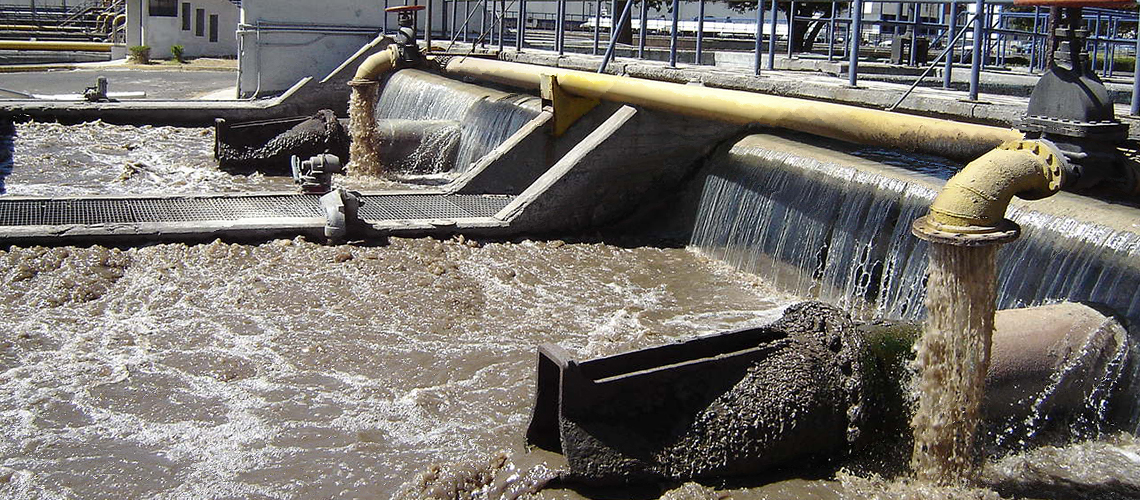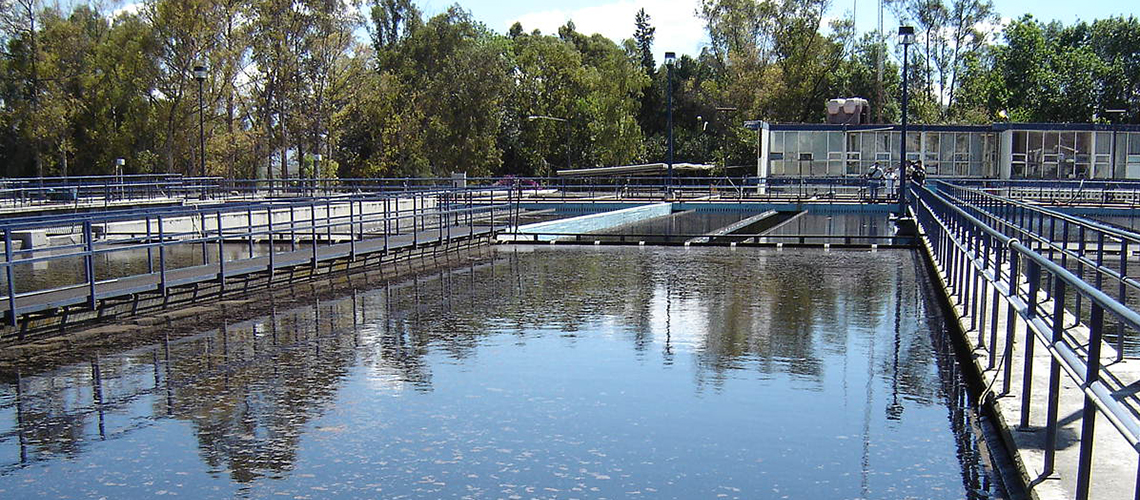The purpose of environmental engineering is to apply engineering methods for the protection of public health and the environment; it focuses on solving problems through the design and implementation of technological or management systems. Environmental engineering is very special in the sense that it works with natural and engineering systems, as well as on the border between both.
It is a priority to consider the environment in any decision-making process. The environment is what surrounds us, it consists of everything that is or is not alive. Environmental engineering involves the evaluation, management, prevention and control of the impact of human activities on the environment. In addition, exercising environmental engineering involves planning and designing systems, equipment and technology for the management and protection of the environment.
The candidate to a Degree in Environmental Engineering, in the Engineering Faculty of UNAM, must be a graduate of the National Preparatory School, the College of Sciences and Humanities or other Middle Higher Education programs. It is advisable that you have completed the area of Physical-Mathematical Sciences or the set of subjects related to these fields of knowledge in the College of Sciences and Humanities, or in other curricula of Middle Higher Education. In all cases, the desirable profile includes the following knowledge, skills and attitudes:
Knowledge of mathematics in algebra, analytical geometry, and differential and integral calculus of functions of one variable; of physics, particularly topics related to classical mechanics, as well as general knowledge of chemistry and computer science. It is also convenient that you know English, at least at the level of comprehension of texts. With respect to skills, it is important to be willing to work on a team, to have analysis and synthesis abilities, and to be able to adapt to new situations, as well as having a creative spirit.
In addition to the above, it is desirable that applicants have the following qualities:
• Affinity and taste for chemistry, physics and mathematics, which are the basis of principles and theories in most subjects and define the structure of the engineering language.
• Motivation towards research and technological development, since they constitute the main driving force for the production of knowledge.
• Interest in biology and ecology. Although the environmental engineer does not have a unique approach focused on the preservation and conservation of the environment, this aspect interacts with others to study environmental system.
• Social responsibility, based on the concept of sustainable development and given the social nature of the profession, integrity, ethics and collective conscience are fundamental qualities for the aspirant.
The graduate of the Degree in Environmental Engineering from the Faculty of Engineering of UNAM has the following knowledge, skills, abilities and attitudes:
Knowledge of:
• Mathematics, in particular, calculus, algebra, differential equations, numerical analysis and probability; as well as physics and chemistry, necessary to develop skills and abilities to solve various engineering problems.
• Contemporary environmental, scientific and technological aspects.
• Measurement techniques and procedures to carry out inventories of pollutant emissions; methods for the control of air pollution and foundations for the design and management of atmospheric pollutant dispersion models; principles of noise propagation; measurement and effects on health; climate change and strategies to reduce greenhouse gas emissions.
• Surface hydrology, hydrogeology and evaluation of water quality, as well as fluid mechanics and hydraulics of pressure and free surface ducts. Operations and unit processes, as well as planning and design of water and wastewater treatment systems, reuse and disposal.
• Fundamentals on handling hazardous materials and waste, as well as legislation and regulations on the subject. In addition, on procedures for the control of soil and aquifer contamination.
• Generation, separation and treatment in the source of solid urban waste and special handling, as well as its collection, transfer and transport, treatment, recycling and final disposal. In addition, aspects related to applicable plans, legislation and regulations, operational and financial actions. Knowledge about the development of resource and energy recovery systems.
• Environmental policy, territorial planning, assessment of environmental impact and risk, environmental education, as well as knowledge to participate in the development of specific programs and projects towards a model of sustainable regional development.
Skills and abilities
• Promote planning models based on environmental, economic and social sustainability.
• Propose solutions to regional environmental problems based on a basin vision.
• Identify, prevent, control and eliminate water, air and soil contamination problems.
• Analyze the alternatives of processes and facilities for the control of water, air and soil contamination, considering the socioeconomic conditions of the localities where they will be located, as well as hygienic and industrial safety conditions.
• Plan, design or, where appropriate, select the technology and processes for the treatment of pollutants and solid waste, considering the applicable regulations.
• Participate in inter and multidisciplinary research and technology development groups to restore the environment.
• Distinguish the impact of engineering solutions in a global, economic, environmental and social context.
• Design a system, component or process that meets needs, taking into account economic, environmental, social, political, ethical, health and safety constraints, as well as the possibility of manufacturing and its sustainability.
• Design and conduct experiments, as well as analyze and interpret data.
• Identify, formulate and solve problems in environmental engineering.
• Communicate effectively.
• Use the modern engineering techniques, skills and tools necessary for professional practice.
Attitudes
• Assume the principles of leadership and attitudes conducive to the effective practice of environmental engineering.
• Commit to learning and updating throughout his life.
• Commit to the principles and institutional mission of UNAM.
• Build an interest in contributing to solve problems and the technological development of the country.
The environmental engineer of the Faculty of Engineering of UNAM is a professional with a critical attitude, trained to propose and implement the necessary infrastructure and technology for the solution of problems and the achievement of the goals determined by a strategy focused in the environment.
In this sense, environmental technology includes environmental protection works and facilities (such as waste treatment plants), while environmental strategies are comprehensive plans to address the problems faced by the country, considering economic, social and demographic factors.
This engineer has the knowledge, skills and attitudes to participate in planning, designing, and executing programs and facilities for the control of water, air and soil pollution, as well as for the management and treatment of all kinds of waste. He/she also has the capacity to operate and administer works and facilities for environmental protection that function economically, seeking the optimal use of natural and energy resources, and the safety of operators and residents.
The environmental engineer of our Faculty has a solid basic training, oriented to the fundamental aspects of the discipline and the relevant applications that allow him/her to keep learning throughout life.
Professionally, he/she will be able to work in the field of technology and protection of the environment, in the following areas:
• Planning, design, operation, consulting, supervision, formulation and management of regional and urban environmental projects.
• Environmental diagnostics, basic sanitation projects, technological application and innovation, and clean production systems.
• Impact and environmental risk assessment.
• Evaluation of the quality of water, soil and air.
• Design and construction, maintenance and operation of systems for solid and hazardous waste management.
• Coordination of environmental responsibilities in an industrial establishment.
• Development and application of standards of any environmental issue (air, water, soil, waste, among others).
• Monitoring and control in the prevention and management of environmental problems for the areas of:
- Industry: production of goods and services, extracting activities.
- Civil engineering jobs: construction of infrastructures and energy, road and service development projects.
- Environmental NGOs.
- Consulting companies.
- Public service companies.
- The public sector at the municipal, state or federal levels.
- The academic sector, including teaching and the development of environmental engineering research.





